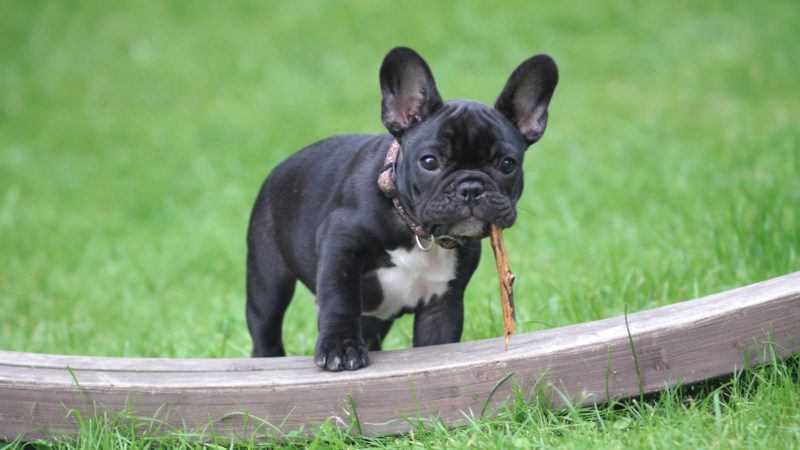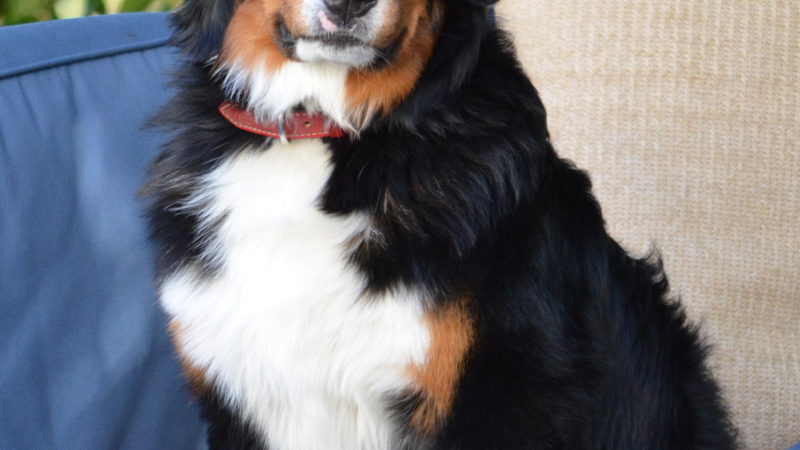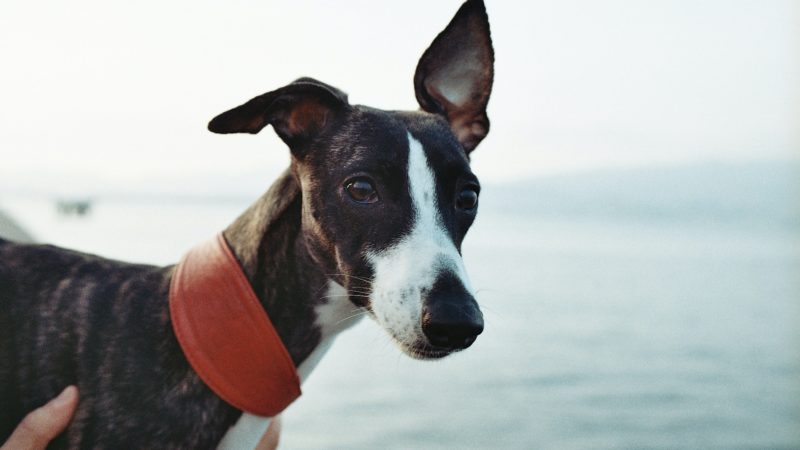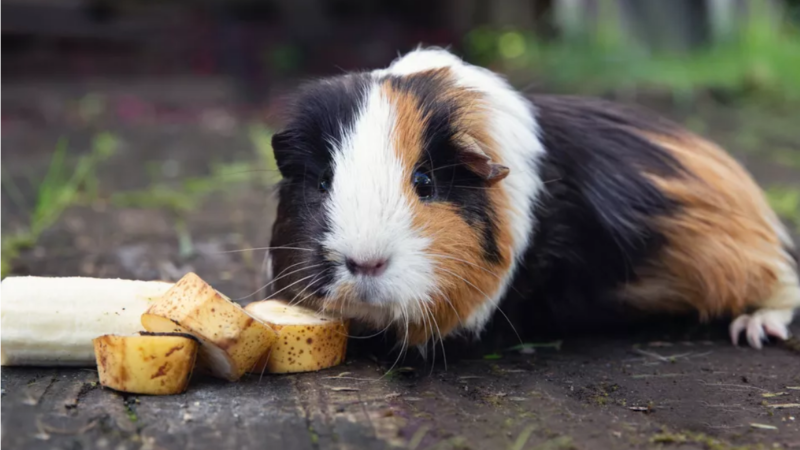Cockatiel Bird: A Complete Guide To The Little Beauty
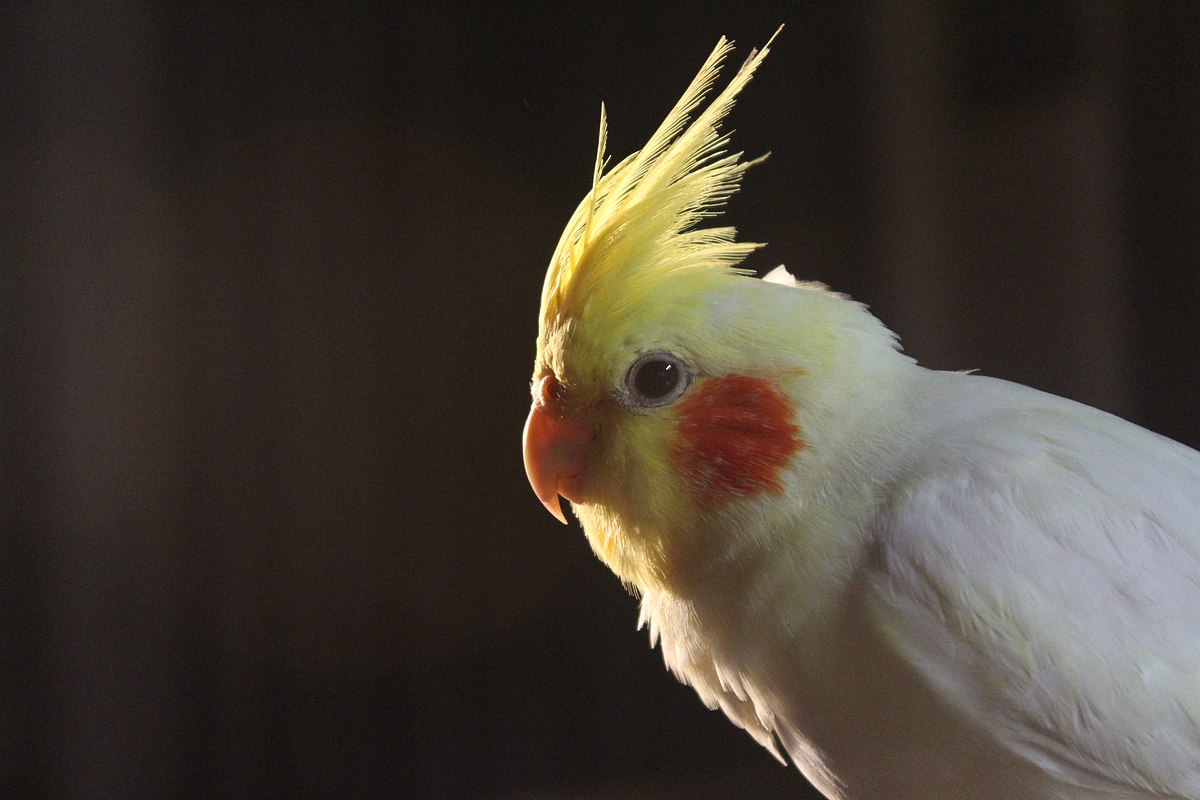
Do you want to own a pet? Or do you want to have a companion who welcomes you home after a long workday with some sweet and exciting sounds? The cockatiel bird can do both of these things for you.
The cockatiels are one of the popular species of pet birds which you can get for their looks and sounds. The good thing about getting the cockatiel is that they are one of the best choices, even if you are a beginner in pet bird handling. In addition to this, they also have some fascinating speech capabilities.
In the article, we have prepared a complete guide for you on how to care for the cockatiel bird. We will explore various aspects like its origins, temperament, cockatiel color variations, health problems, cockatiel food, and more.
Cockatiel Bird
The cockatiel birds are popular birds, especially among beginners, due to their easy-to-care routine. They are small parrots that have a variety of colorful patterns along with a head crest.
The cockatiels are known for their attractiveness and friendly nature among bird lovers. Their small size and easy-to-care routine make the taming of cocktails way easier in comparison to other species of parrots. What makes them even amazing is that they can mimic human speech, although understanding it can be a little difficult. In addition to this, they are great at whistling, and you can teach them to sing along with the tunes.
Quick Facts About Cockatiels:
| Common Names | Tiel, Cockatiel, Weir, Quarrion |
| Scientific Name | Nymphicus Hollandicus |
| Size Of Adults | 12 to 13 inches |
| Weight Of Adults | 2 to 4 ounces |
| Cockatiel Lifespan Expectancy | 15 to 20 years but can live up to 30 years in rare cases. |
History And Origin Of Cockatiel Bird
The cockatiel birds are native to Australia and are commonly known by the names of weiros or the quarrions. These friendly birds primarily live in the outback region of Australia, like the northern parts of the Australian continent.
This species of birds was discovered in 1770. They are also the smallest members of the parrots’ cockatoo family of birds. These birds exhibit similar features to the larger member of the cockatoo family of birds. In their natural wild habitat, the cockatiels live in large flocks.
The cockatiels came to be known as a popular species of pet birds during the 1900s. This is because they are one of the easiest to breed species in captivity. In addition to this, their personality is also docile friendly which makes them a great natural fit for the pet life. However, due to changes in the rules, cockatiels are no longer allowed to be trapped and exported from the continent of Australia.
This ban on export was put in place by the government of Australia as the population of these birds was declining in their natural habitat.
Temperament Of Cockatiels
The cockatiel birds are affectionate, gentle, and love when you pet them and hold them often. However, they are not necessarily fond of cuddling. All they want is simply to be near you and will be happy to see; they love the company of their owners.
The cockatiel bird is generally one of the most friendly species of pet birds; however, an untrained bird can nip. To prevent the bad habits of these birds, the best thing you can do is to ignore their bad habits. This is because the cockatiels do the behavior to please you, so if you ignore their bad habits, they will gradually stop doing it.
One thing to know is that you should never scold the bird as it will lead to birds becoming timid around the people. So, all you need to do is reward their good behavior and ignore the bad behavior.
The cockatiels are one of the smart little bird species and can learn various tricks with time if you put in a little effort. They can learn to whistle, wave, and even ring the bell if they put in the effort. These birds love to face new challenges, and thus making them learn new things becomes easier. In addition to this, the cockatiels can even spend hours talking to ‘other bird’ in the mirror. Thus if you want to keep them occupied, install a mirror around their cage.
In addition to this, you can also add some other things to your cockatiel sounds, like various human speech words. You can also make them whistle along to the various tunes.
Vocalization And Speech
The cockatiel sounds vary from whistling to vocalizing, but the good thing is that they are not as loud as other parrots. This is a good thing as high pitch sounds at all times are not a pleasing thing.
According to the reputation, the male cockatiel bird, in comparison to the female, has the upper hand in mimicking whistles and speeches. Although the female birds are no slouch and they can also mimic the various speeches and sounds in a good way. Either of the cockatiel sex can repeat the various sound from your home. Some of the popular sounds which they mimic in general are alarm clocks, the ring of phones, and even the sound of wild birds which are outside.
Cockatiel Color And Markings
The wild varieties of the cockatiel bird have a gray body with a yellow face and orange patch on cheek along with crest. In the male birds, the colors on the face are more vivid and bright in comparison to the females. The female birds have bars on the tail feathers underside.
The birds which are bred in captivity for the pet trade have led to the development of various color mutations over time. Some of the most common variations of the cockatiel colors include:
- Albino: This variety of birds lack pigmentation on the feathers.
- Lutino: These are white birds with a yellow mask, red eyes, and orange cheeks.
- Pied: In typical conditions, the cockatiels color is replaced with off-white or yellow color.
- Opaline, Laced, Or Pearl: These varieties have spottings along with the feathers, which create a pearl-like effect.
- Isabelle, Fawn, Or Cinnamon: This variety of birds has warm or brown tan colors along with gray feathers.
- Silver: This variety has a mutation of silver cockatiels and recessive silver. The recessive have cool grayish feathers with red eyes, whereas the dominants have dark eyes with a warm gray tone.
Other cockatiel colors include the emerald, pastel face, yellow cheek, whiteface, and cream face cockatiel birds.
How To Care For A Cockatiel Bird?
These are some of the cockatiel care tips which you should follow for a healthy and singing bird:
Keep Them Company
For keeping the company of the bird, if you have a busy schedule having a pair of cocktails is a good option. However, if you get a pair, the bird will be busy among themselves and may not mimic the voices or bond with you.
This is why keeping a single bird is a better option, but in this situation, you will need to spend a good amount of time with them. It is an essential thing as otherwise, the cockatiel bird may have self-harming or loneliness behavior.
Have A Cleaning Routine
The cockatiels need a regular cleaning routine to stay in the best shape. Follow these steps for it:
- The cockatiel bird is so messy naturally and produces powdery dust over their feathers. This dust is used in grooming, and it may also leave a powdery coating on the accessories and cages of the bird.
- To avoid this problem, you will need to bathe your bird once a week or spray it with water once a week.
- Regularly cleaning the cage of this bird is also a necessary thing. To make the cage cleaning easy, go for the cages which offer a removable bottom tray.
- You will also need to clip the nails and wings of this bird at least twice a year. This is essential to keep them in shape and healthy.
- The clipping of nails and feathers can be easily done at home. However, if you are afraid of it, then it is better to visit an avian veterinarian or a breeder.
- Proper care during the clipping of nails and feathers is to be taken as it is quite common for the cockatiels to bleed to death.
These are some of the cockatiel bird cleaning tips which you need to follow for having a clean and healthy bird.
Cage
- The cage of the cockatiels should be large in size as they are playful and need space for it.
- In the cages of the cockatiels, there should be horizontal bars. The bars offer them the best opportunity for climbing and other activities and thus a great way for exercise.
- Its cage must be at least 20 inches in square shape and 26 inches in height.
- The space between the bars of the cage must be at least ¾ inches wide. This is essential as you don’t want your cockatiels to get their heads stuck in the bars.
- The cage should also have enough space for the placement of various perches at various levels in the cage.
- When keeping the perches in the cage, remember that there should be enough space for the bird to easily move between them.
These are some of the things which you should know for the cage of the cockatiel. The selection of the right cage plays a vital role in the health and wellness of these birds.
Dangers For Cockatiels
The cockatiels birds are subject to some household dangers. To avoid them, follow these steps:
- Avoid placement of the birdcage near the kitchen or drafty areas.
- This is essential as the fumes from the heated Teflon type of cookware can lead to the death of these birds.
- If you leave them open inside a room, then always remember to switch off the fans and other appliances.
What Health Problems Do Cockatiels Face Generally?
These are some of the health issues which the cockatiel bird faces:
Malnutrition:
- One of the most common health problems that these birds face is nutritional deficiency. This is the result of them often eating only the seeds.
- To avoid the problem of malnutrition, provide them with fruits and veggies on a regular basis. It will help them get the essential minerals and vitamins.
- A pellet-based diet for these birds is also an essential thing to avoid malnutrition.
Fatty Liver:
- Cockatiels are also prone to fatty liver problems. This problem in these birds is the result of a diet high in fat and carbohydrates. It can also result due to no exercise or limited exercise.
- To avoid this problem of the fatty liver in these birds, the best thing you can do is to provide them with a varied diet.
- You should also keep it away from the residue of pesticides and insecticides on the vegetables and fruits. These chemicals will also have a direct impact on the liver of birds.
Respiratory Problems:
- Fumes from the cleaning supplies can also harm them, so be careful when using them around cockatiels.
- Most of the birds are generally susceptible to psittacosis and respiratory diseases.
- A harmful type of bacteria in these birds can lead to respiratory problem symptoms like sneezing, nasal discharge, coughing, and wheezing.
- This is why if you see any of the above signs in your bird, the best thing to do is visit an avian veterinarian.
- The respiratory problem can lead to death in the cockatiels, and this is why acting fast is essential on the occurrence of symptoms. It can help you save the life of your bird.
These are some of the health problems which the cockatiel bird faces in general. However, with a good hygiene routine and nutritious diet, you can avoid these problems in your bird and increase their lifespan.
Cockatiel Food And Nutrition
These are some of the things which you should know about the nutrition and diet of the Cockatiel bird:
How To Choose The Right Diet?
- Variety is the key to keeping the birds healthy, and so do the cockatiels.
- Seeds are a good source of nutrition for birds, and thus, you can include them in your birds’ diet. However, they should consist of only 30% of the diet as they are high in fat.
- The best option to try is the pelleted diet for the birds. These diets come balanced nutritionally. It also gives your bird the option to choose the favorite seeds according to them and leave behind the rest.
- To make sure that it gets all the essential amounts of nutrients, add a variety of fruits and veggies to its diet.
- In general, the cockatiels eat around a tablespoon of food in a day. This is why it is essential that what goes in that amount should be nutritious and balanced.
How To Feed The Cockatiel Bird?
- Provide them with a mix of pellets every morning.
- Only give the amount as much the bird eats. This is because the cockatiel bird is not inclined to overeat.
- You either put their food in a bowl, or you can directly scatter it on the floor of the cage.
- These birds in their natural habitat are foragers; they eat seeds of grass, plants, and fruits. So provide them with fresh vegetables and fruits.
- After feeding, remove the leftovers after an hour.
- Don’t feed them with any spoiling food.
Things To Know:
- If your cockatiel bird prefers a diet of seeds, then you will need to be very persistent. You will need to make them eat a varied menu to keep them healthy.
- You can also offer them proteins like the eggs that are hard-boiled, cooked meats, and legumes. But remember that give them these things only in moderation.
- Sprouted seeds are also a great way to make them eat a varied diet.
What Foods Should You Avoid?
- Avocadoes.
- Coffee.
- Salt.
- Chocolate.
Never feed your cockatiels with the above items in the list. These items are toxic to birds.
These are some of the cockatiel Diet do’s and don’t that you should remember to keep your bird healthy and fit. Always remember that along with food company and affectionate is something they require to be healthy.
These are some of the cockatiel bird care tips and things that you should know for a healthy bird. Following our guide for the bird will help in easily caring for and maintaining your little friend.
Final Words
The cockatiels are one of the easiest to care for birds, although the birds, in comparison to other pets like cats and dogs, require more care. The good thing is that if you provide them with proper care, their lifespan can be more than 20 years.
What are your thoughts on pet birds? Are you getting the little cockatiels? Let us know about it in the comment box below.

